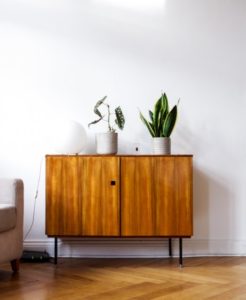3D showroom design plan includes organizing pictures to speak to a physical space in a reproduced setting, ordinarily utilized for shows.

Here are a few critical viewpoints one ought to keep in intellect for 3D showroom insides formative design:
### Key Elements for Making an Inside 3D Showroom design:
1. **Formate and Space Planning:**
- You must start by deciding how big is the showroom as in the overall layout whether there is something like a natural flow of traffic or dominant areas from where the major display areas will be placed.
- Developing space parameters requires using that strategies to alter different configuration options to make the best out of the introduced space.
2. **Color and Lighting:**
- Use of the appropriate colors that will portray the image of the brand and even look good on the products being showcased. Emphasis should be on how certain colors in a place determine the emotions of the audience.
- It is more effective to try many types of luminaries to attain the required atmosphere. The right positioning of the light enhances the items on display and the general mood as well.
3. **Furniture and Instruments:**
- The furniture and fittings appraised should meet the brand image of the showroom as well as the functions intended such as slotted walls, display cases, and the like.
- The gray model would help in eliminating guesses of how existing items will impact the development and occupation process of the other items.
4. **Branding and Graphics:**
- The 3D showroom design should be capable of incorporating branding elements comprising of logo, signage or graphics. Ensure that these elements are positioned well for maximum visibility.
- Use virtual graphics and projection to come up with displays that can offer something more than static displays.
5. **Product Display:**
- The display of products must be planned in an orderly manner so as to please the eye. Consider grouping the products thematically, focal points and grouping products etc.
- Use 3D design to develop how products will look like when on display under different configurations and lighting.
6. **Technology Integration:**
- There is potential for the integration of mobile devices and more advanced forms of technology into the showroom for more customer experience like AR and VR.
- Create a digital touchpoints or interactive displays a client can interact with, and gives further information about the products or services offered.
7. **Customer Experience:**
- Design with the visitor’s journey in mind, they thinking about how they will move through the showroom and interact with the products on display.
- Design locations for the consumers where they can come and interact with the products on offer.
8. **Flexibility and Adaptability:**
- Someone should design the showroom space in a changeable situation since there will be need to revise or add new products in the course of time.
- Furniture and displays that can be easily dismantled and rearranged in any pattern make the jewelry store still on its feet physically.
9. **Virtual Reality Tours:**
- Corporate marketing strategie’s attention should be drawn at some targeted markets. Developing virtual 3D design tours of the showroom would attract particular customers who wish to concentrate on that aspect.
10. **Feedback and Iteration:**
- After designing the three dimension layout of the showroom, it is prudent to get the views of the internal and external customers. There are must be some changes which make the virtual showroom better over time.

